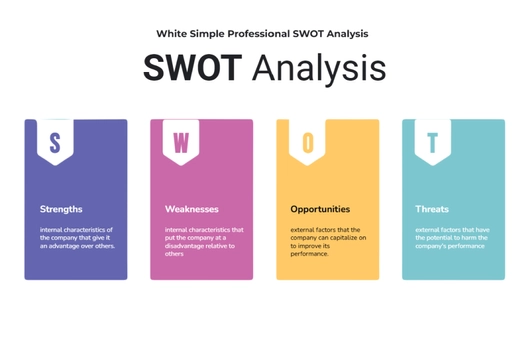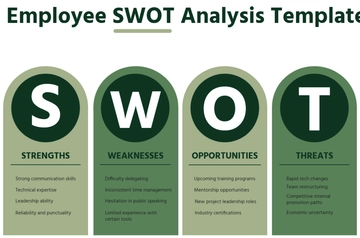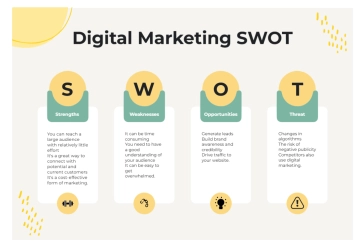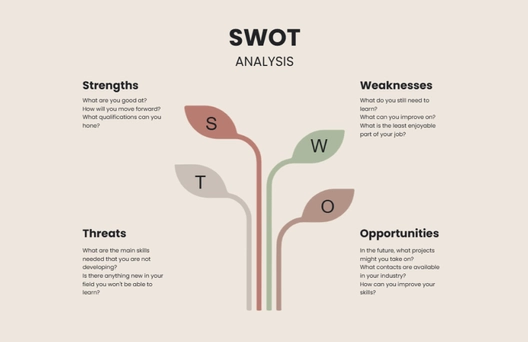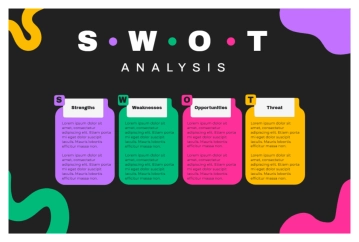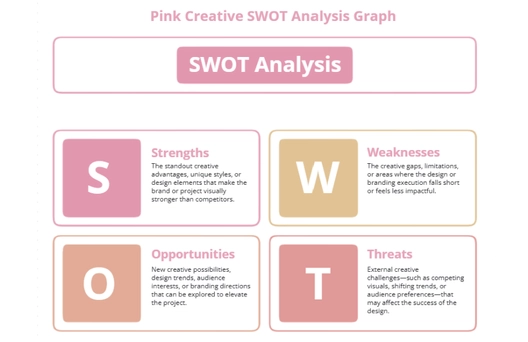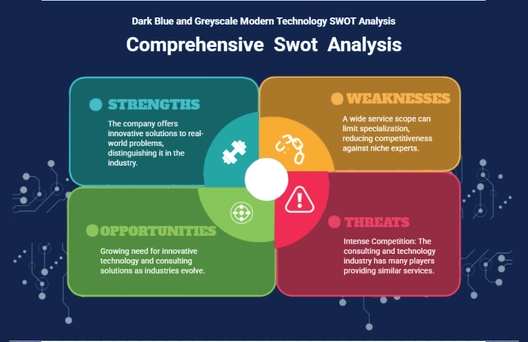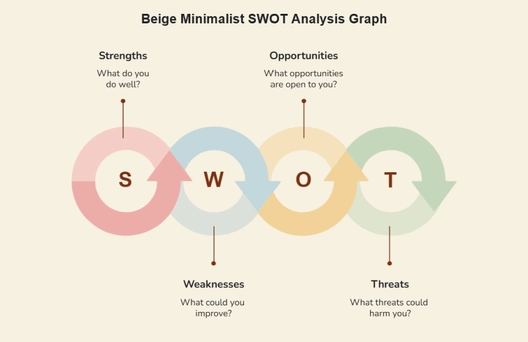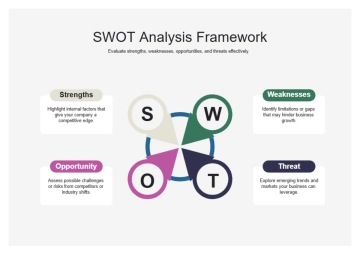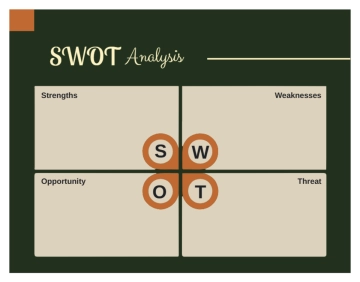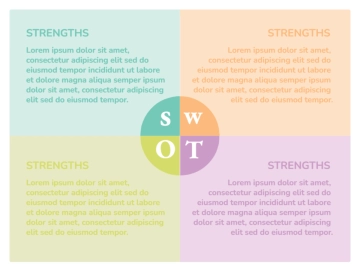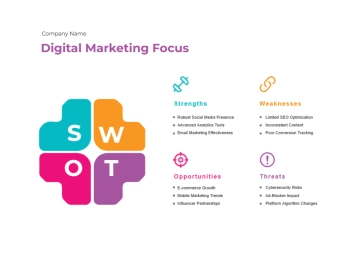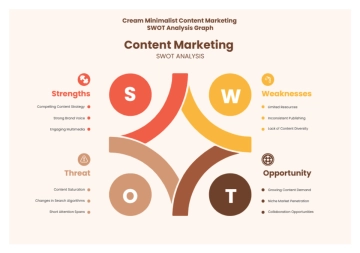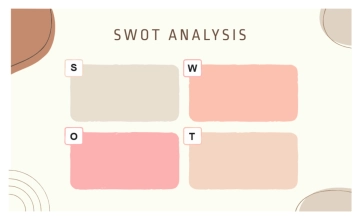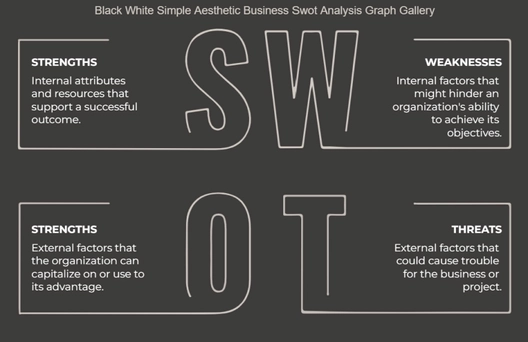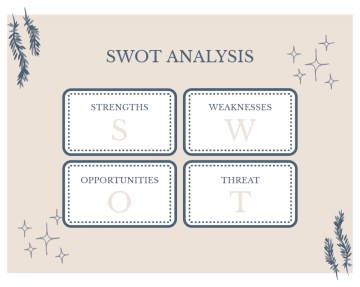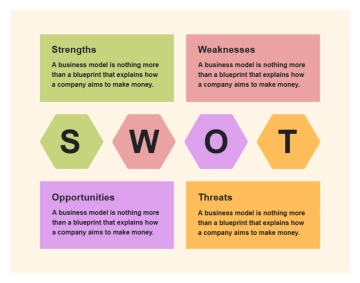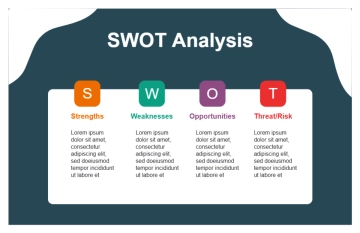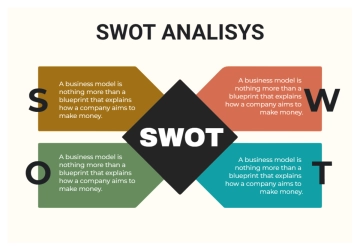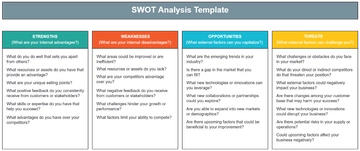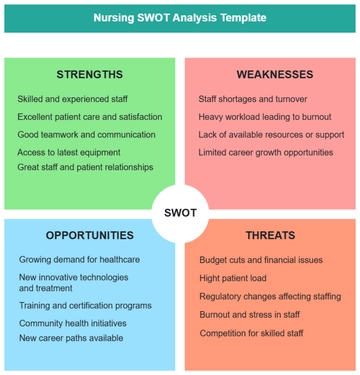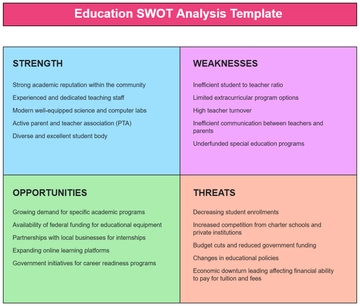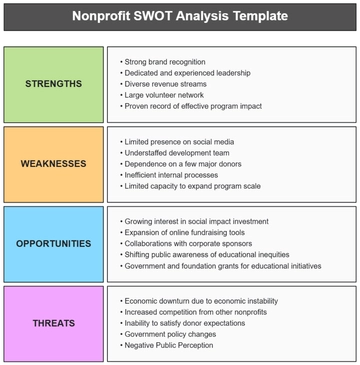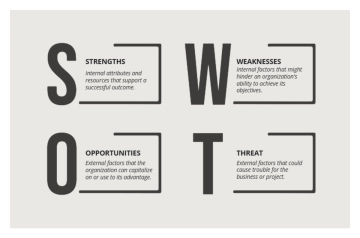Free Agriculture Supply Chain Analysis Report
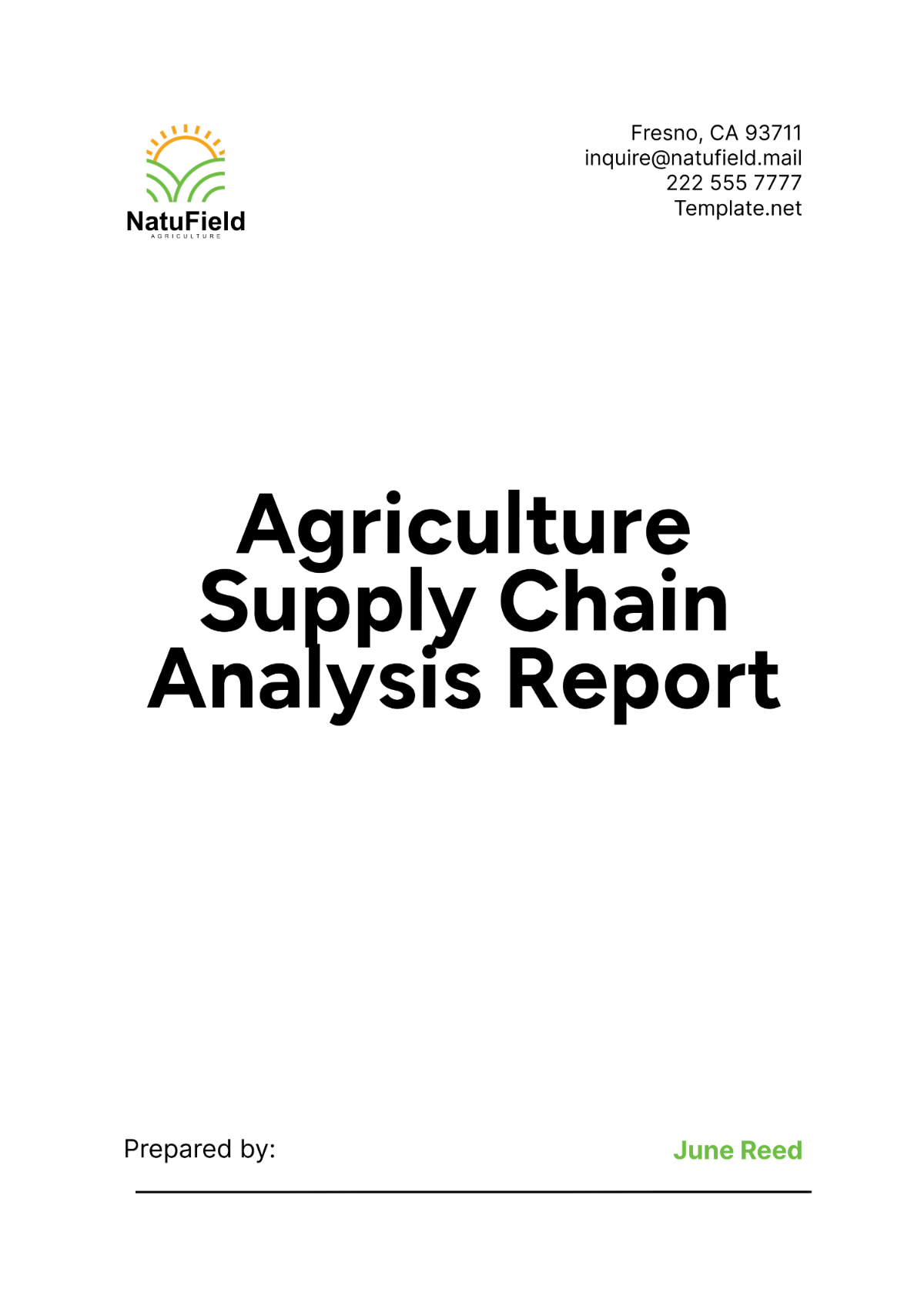
I. Executive Summary
This report provides a comprehensive analysis of [Your Company Name] agriculture supply chain, identifying key areas for improvement and opportunities for growth. The objective is to enhance efficiency, reduce losses, and increase profitability throughout the supply chain. Key findings from the analysis are as follows:
High Input Costs: Input costs, particularly for seeds and fertilizers, constitute 40% of total production expenses.
Post-Harvest Losses: Post-harvest losses account for approximately 20% of total production.
Inefficient Distribution: Transportation and logistics inefficiencies contribute to a 15% increase in costs.
Market Opportunities: There is a growing demand for organic produce, presenting a potential market expansion opportunity.
II. Introduction
The purpose of this Agriculture Supply Chain Analysis Report is to evaluate the current state of [Your Company Name] supply chain, identify key challenges, and recommend strategies for improvement. The scope of this report includes input supply, production, post-harvest handling, processing, distribution, and market analysis. Our methodology involved data collection through field surveys, interviews with key stakeholders, and analysis of financial and operational records.
III. Supply Chain Overview
Our agriculture supply chain encompasses the entire process from input supply to the final delivery of products to consumers. Key stakeholders include farmers, input suppliers, processors, distributors, and retailers.
Farmers: Farmers are the primary producers, responsible for cultivating crops and raising livestock. They play a critical role in ensuring the quality and quantity of agricultural products.
Input Suppliers: These are companies and individuals providing essential inputs such as seeds, fertilizers, pesticides, and equipment. Their role is vital in supporting the production process.
Processors: Processors add value to raw agricultural products by transforming them into marketable goods. This includes activities such as milling, packaging, and preserving.
Distributors: Distributors handle the transportation and logistics of getting products from processors to retailers. They ensure timely delivery and maintain the quality of products during transit.
Retailers: Retailers are the final link in the supply chain, selling products to consumers. They play a crucial role in meeting consumer demand and maintaining customer satisfaction.
IV. Input Supply Analysis
Effective input supply is essential for the smooth functioning of our agriculture supply chain. It involves sourcing high-quality seeds, fertilizers, pesticides, and equipment.
A. Types of Inputs
Inputs are categorized into seeds, fertilizers, pesticides, and equipment. Each input plays a vital role in the production process:
Seeds: High-quality seeds are critical for achieving optimal crop yields. We source a variety of seeds to meet different production needs.
Fertilizers: Fertilizers provide essential nutrients to crops, enhancing growth and productivity. Our range includes organic and chemical fertilizers.
Pesticides: Pesticides protect crops from pests and diseases, ensuring healthy growth and reducing losses.
Equipment: Agricultural equipment, including tractors, plows, and irrigation systems, facilitates efficient farming operations.
B. Key Suppliers
We collaborate with several key suppliers to ensure a steady supply of high-quality inputs. The table below outlines our main suppliers and their roles:
Supplier Name | Role |
|---|---|
Provides high-quality seeds | |
Supplies organic and chemical fertilizers | |
Supplies a range of pesticides | |
Provides agricultural equipment |
C. Challenges in Input Supply
There are several challenges in input supply that impact our operations:
High Costs: The cost of high-quality seeds and fertilizers is substantial, affecting overall production costs.
Availability: Seasonal variations can lead to shortages of certain inputs, disrupting production schedules.
Quality Control: Ensuring the quality and authenticity of inputs remains a challenge, particularly with counterfeit products in the market.
Logistics: Efficient transportation and storage of inputs are crucial to maintaining their effectiveness and reducing losses.
V. Production Analysis
A. Agricultural Production Process
The agricultural production process encompasses various stages from land preparation to harvesting. Initially, land is prepared through plowing and fertilization. Seeds are then sown, followed by irrigation and pest management to ensure healthy crop growth. Regular monitoring and maintenance are crucial throughout the growing season until the crops reach maturity and are ready for harvest.
B. Key Crops and Livestock
We focus on the production of several key crops and livestock to meet market demands and diversify our agricultural outputs:
Crops
Corn: A staple crop grown for food and feed.
Wheat: Primarily used for flour production.
Rice: A major food staple.
Vegetables: Includes tomatoes, potatoes, and leafy greens.
Fruits: Includes apples, oranges, and bananas.
Livestock
Cattle: Raised for both meat and dairy products.
Poultry: Includes chickens and turkeys for meat and eggs.
Sheep: Raised for wool and meat.
C. Production Challenges
There are several challenges that impact agricultural production:
Climate Variability: Unpredictable weather patterns can affect crop yields.
Pest and Disease Management: Controlling pests and diseases is critical to preventing crop losses.
Resource Availability: Limited access to water and quality soil can hinder production.
Labor Shortages: Finding skilled labor for farming activities can be difficult.
Market Prices: Fluctuations in market prices can impact profitability.
VI. Post-Harvest Handling and Storage
A. Post-Harvest Practices
Post-harvest practices are essential to preserve the quality and extend the shelf life of agricultural products. These practices include:
Cleaning: Removing dirt and debris from produce.
Sorting: Categorizing products based on size, quality, and ripeness.
Drying: Reducing moisture content to prevent spoilage.
Cooling: Using refrigeration to slow down the deterioration process.
Packaging: Protecting products from damage during transportation and storage.
B. Losses and Inefficiencies
Post-harvest losses and inefficiencies are significant concerns that need addressing:
Inadequate Storage Facilities: Lack of proper storage facilities can lead to significant losses due to spoilage.
Poor Handling Practices: Rough handling during transportation and storage can damage products.
Pest Infestation: Inadequate pest control measures can lead to losses in stored products.
Lack of Market Access: Delays in getting products to market can result in spoilage and reduced quality.
VII. Processing and Value Addition
A. Types of Activities
Processing and value addition involve transforming raw agricultural products into marketable goods through various activities:
Milling: Grinding grains into flour or meal.
Packaging: Preparing products for sale by packaging them attractively and safely.
Canning: Preserving fruits, vegetables, and others in cans to extend shelf life.
Freezing: Using low temperatures to preserve perishable goods.
Fermentation: Converting sugars into alcohol or acids, used in products like yogurt and wine.
B. Key Players
We collaborate with several key players in the processing and value addition sector. The table below outlines these players and their roles:
Key Player | Role |
|---|---|
Grain milling and flour production | |
Packaging of fresh produce | |
Canning and preservation services | |
Freezing and cold storage services | |
Fermentation of dairy and beverages |
C. Value Addition Opportunities
Value addition opportunities exist in several areas, such as developing organic product lines, introducing new packaging technologies, and expanding into processed food markets. These opportunities can help us meet evolving consumer demands and increase profitability.
VIII. Distribution and Logistics
A. Distribution Channels
Effective distribution channels are crucial for getting products to consumers efficiently. Our distribution channels include:
Direct Sales: Selling directly to consumers through farmers' markets and online platforms.
Wholesale Markets: Supplying large quantities of products to wholesale markets.
Retail Chains: Partnering with supermarkets and grocery stores for product distribution.
Export: Shipping products to international markets.
B. Transportation Infrastructure
Our transportation infrastructure includes a network of roads, vehicles, and storage facilities designed to move products efficiently from farms to markets. This infrastructure is supported by refrigerated trucks, warehouses, and distribution centers to ensure the quality and freshness of products during transit.
C. Logistics Challenges
Several logistics challenges impact our distribution efficiency:
Infrastructure Limitations: Poor road conditions and inadequate transportation networks can delay deliveries.
Cost of Transportation: High fuel prices and maintenance costs increase overall logistics expenses.
Regulatory Compliance: Adhering to transportation and safety regulations can be complex and time-consuming.
Perishable Nature of Products: Ensuring timely delivery of perishable goods to prevent spoilage requires efficient logistics management.
IX. Data Findings
A. Input Supply
Our analysis of the input supply reveals crucial data on the costs and availability of essential agricultural inputs. The table below provides detailed values for each input category.
Input Type | Average Cost per Unit | Availability (units) | Supplier Reliability (%) |
|---|---|---|---|
Seeds | $50 | 10,000 | 90% |
Fertilizers | $30 | 8,000 | 85% |
Pesticides | $20 | 5,000 | 80% |
Equipment | $500 | 200 | 75% |
The analysis shows that while seeds and fertilizers are generally reliable and available, pesticides and equipment face more significant challenges in terms of supplier reliability and availability.
B. Production
Production data highlight the yield and efficiency of our key crops and livestock. The table below summarizes the production values.
Product | Yield per Hectare/Unit | Total Production | Efficiency (%) |
|---|---|---|---|
Corn | 8 tons | 40,000 tons | 85% |
Wheat | 6 tons | 30,000 tons | 80% |
Rice | 7 tons | 35,000 tons | 82% |
Cattle | 500 kg | 5,000 kg | 78% |
Poultry | 2 kg | 10,000 kg | 80% |
Our production analysis indicates that while corn and rice yield high efficiency, there is room for improvement in livestock production, particularly in cattle.
C. Post-Harvest
Post-harvest data focuses on losses and efficiencies in handling and storage. The table below provides relevant figures.
Product | Post-Harvest Losses (%) | Storage Capacity | Efficiency (%) |
|---|---|---|---|
Corn | 15% | 20,000 tons | 85% |
Wheat | 10% | 15,000 tons | 88% |
Rice | 12% | 18,000 tons | 86% |
Cattle | 20% | 2,500 kg | 80% |
Poultry | 18% | 5,000 kg | 82% |
The analysis reveals that post-harvest losses are significant, particularly in livestock, and highlight the need for improved storage and handling practices.
D. Processing
Processing data illustrate the efficiency and output of various value addition activities. The table below outlines the processing values.
Activity | Output | Efficiency (%) | Waste (%) |
|---|---|---|---|
Milling | 25,000 tons | 90% | 5% |
Packaging | 30,000 units | 88% | 7% |
Canning | 20,000 units | 85% | 10% |
Freezing | 15,000 units | 87% | 8% |
Fermentation | 10,000 units | 82% | 12% |
Our processing analysis shows high efficiency in milling and packaging, while canning and fermentation require attention to reduce waste.
E. Distribution
Distribution data focus on the effectiveness of our logistics and delivery systems. The table below details distribution values.
Channel | Volume | On-Time Delivery (%) | Cost Efficiency (%) |
|---|---|---|---|
Direct Sales | 10,000 units | 95% | 90% |
Wholesale | 25,000 units | 88% | 85% |
Retail Chains | 20,000 units | 80% | 82% |
Export | 15,000 units | 75% | 78% |
The distribution analysis indicates that direct sales have the highest on-time delivery rate and cost efficiency, whereas exports show areas needing improvement.
X. Financial Analysis
A. Cost Structure
Our financial analysis of the cost structure provides insight into the major expenses incurred. The table below summarizes the cost structure.
Cost Category | Average Cost ($) | Percentage of Total Costs (%) |
|---|---|---|
Seeds | 500,000 | 20% |
Fertilizers | 300,000 | 12% |
Pesticides | 200,000 | 8% |
Equipment | 400,000 | 16% |
Labor | 600,000 | 24% |
Transportation | 250,000 | 10% |
Storage | 150,000 | 6% |
Miscellaneous | 100,000 | 4% |
The analysis indicates that labor and seeds constitute the largest portions of our costs, highlighting the need to manage these expenses effectively.
B. Revenue Streams
Our revenue analysis identifies key sources of income. The table below provides details on revenue streams.
Revenue Source | Revenue ($) | Percentage of Total Revenue (%) |
|---|---|---|
Crop Sales | 1,500,000 | 60% |
Livestock Sales | 500,000 | 20% |
Processed Goods | 300,000 | 12% |
Direct Sales | 100,000 | 4% |
Export | 100,000 | 4% |
The analysis shows that crop sales are the primary revenue source, with processed goods and livestock sales also contributing significantly.
C. Profit Margins
Our overall profit margins are analyzed to assess financial health. Current profit margins stand at approximately 15%, indicating a stable but improvable financial position.
XI. Recommendations
Based on our analysis, we propose the following strategies for improving our agriculture supply chain:
Reduce Input Costs: Negotiate better terms with suppliers and explore bulk purchasing options to lower costs.
Enhance Storage Facilities: Invest in advanced storage technologies to reduce post-harvest losses.
Improve Processing Efficiency: Upgrade processing equipment and train staff to minimize waste.
Optimize Distribution Channels: Develop more efficient logistics plans and explore new market opportunities.
Invest in Technology: Utilize data analytics and precision farming techniques to improve overall efficiency.
XII. Future Outlook
Looking ahead, we aim to implement the recommended strategies to enhance our supply chain efficiency, reduce costs, and increase profitability. By focusing on sustainability and innovation, we anticipate significant improvements in our agricultural operations, positioning us for continued growth and success in the market.
- 100% Customizable, free editor
- Access 1 Million+ Templates, photo’s & graphics
- Download or share as a template
- Click and replace photos, graphics, text, backgrounds
- Resize, crop, AI write & more
- Access advanced editor
Discover the Agriculture Supply Chain Analysis Report Template on Template.net. This editable and customizable template is tailored for comprehensive supply chain assessments. Analyze inputs, production processes, post-harvest handling, and distribution logistics effortlessly. Perfect for enhancing efficiency and optimizing agricultural operations.
